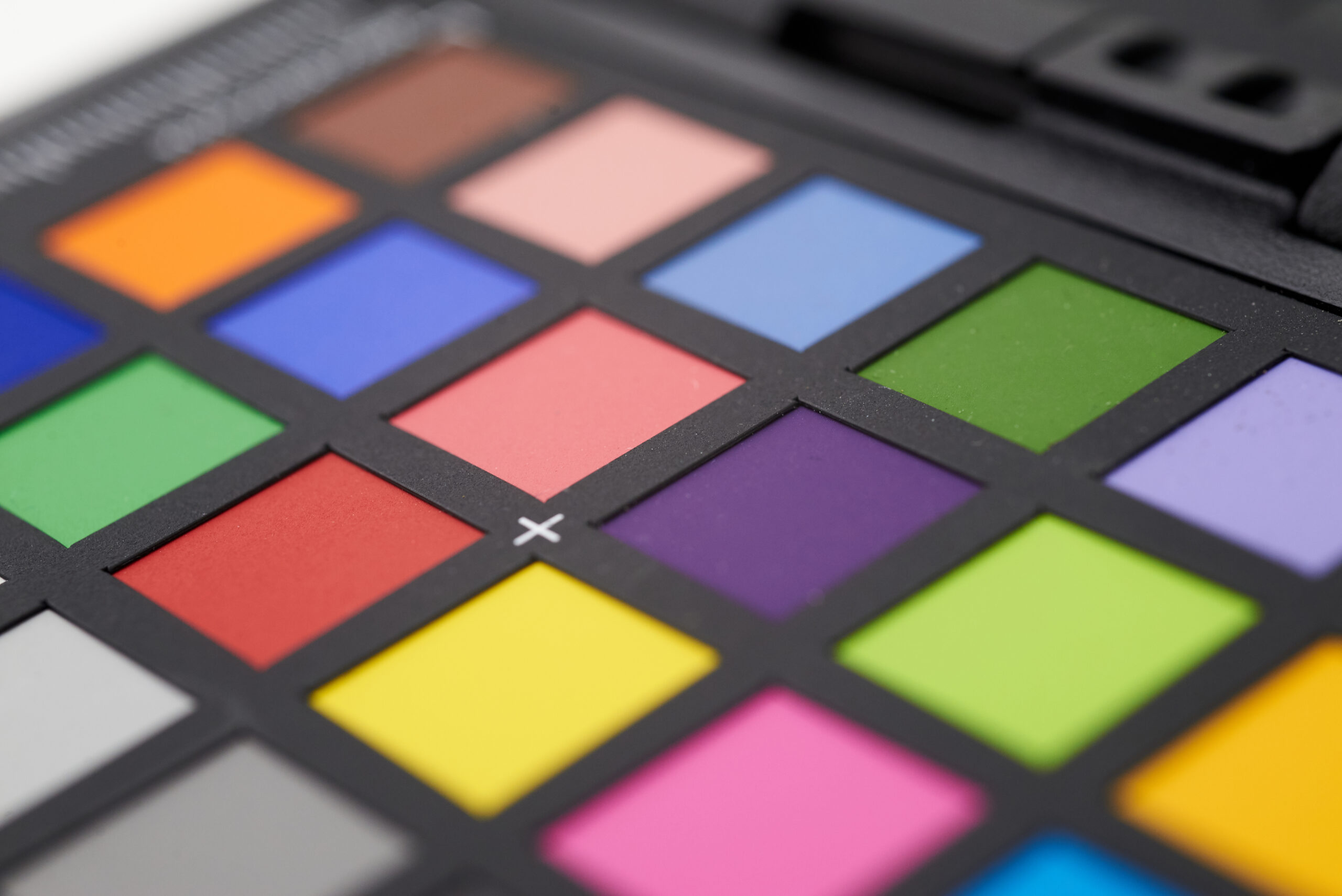Cooking Area Grease Trap Cleaning: Maintain Your Culinary Area Spotless
Ever pondered the implications of overlooking culinary grease trap cleaning in a bustling restaurant kitchen? It’s more than just a matter of cleanliness; it’s about ensuring an effective grease interceptor pumping system. These traps are crucial for capturing FOG (fats, oils, and grease) before they can harm plumbing and drainage systems. By emphasizing regular servicing, you safeguard your eatery’s structure and avoid pricey pipe issues and stenches.
Grasping the Importance of Grease Trap Maintenance
Grease interceptors are essential for the efficiency and sanitation of restaurant kitchens. They fulfill a crucial role in guaranteeing functional efficiency and compliance with local laws. Grasping how grease traps work and the impacts of poor maintenance aids owners in making well-considered decisions about grease trap sanitization for restaurants.
Role of Grease Traps in Commercial Kitchens
Grease interceptors are located near washing stations to trap fats, oils, and grease (FOG) before they enter the sewer. This is vital for preventing contamination and defending the drainage system. Effective grease trap maintenance ensures these traps work well, protecting the environment and the business from fines or interruptions. Consistent checks are key to following grease trap regulations, which outline cleaning and upkeep plans.
Results of Overlooking Grease Interceptor Cleaning
Not servicing residential grease trap cleaning can cause severe issues for culinary functions and public health. Some possible consequences are:
- Major sewer system backups, resulting in expensive emergency repairs.
- Foul smells in the kitchen and eating spaces, decreasing customer satisfaction.
- Penalties and legal issues from breaching grease interceptor rules.
- Increased chance of plumbing problems, which could stop kitchen operations.
Having a routine cleaning schedule, like restaurant grease interceptor cleaning, can avert these complications. Routine maintenance maintains adherence with local laws and protects the kitchen environment.
Kitchen Grease Trap Cleaning: A Comprehensive Manual
Cleaning a grease interceptor is vital for a culinary area’s productivity. It requires the proper equipment and a organized process. From collecting needed tools to removing waste properly, each step is essential for a clean culinary area.
Necessary Equipment for DIY Cleaning
Before you begin, make sure you have these supplies at ready:
- Rubber gloves
- Gas mask
- Crowbar or wrench
- Scrapers
- Shop vac
Comprehensive Sanitization Procedure
Here’s a step-by-step guide for effective cleaning:
- Lift the grease trap by taking off its cover cautiously.
- Take out the debris, trying to extract as much as you can.
- Employ a shop vac to remove any remaining bits.
- Wash the inside of the grease trap with gentle detergents.
- Flush all debris with clear water.
Tips for Correct Elimination of FOG Waste
Appropriate disposal of grease waste is essential for environmental safety:
- For lesser volumes, employ heavy-duty trash bags for disposal.
- For large quantities, engage grease disposal services to meet regulations.
| Amount of Waste | Disposal Method | Recommended Services |
|---|---|---|
| Under 5 liters | Reinforced trash bags | Nearby dump |
| Over 5 liters | Specialized disposal service | Grease repurposing providers |
Using an biological grease interceptor cleaner can improve your sanitization efforts, organically decomposing grease and fats. By adhering to these guidelines, you’ll maintain your culinary area functional and meet waste management regulations.
Indicators Your Grease Trap Requires Cleaning
Keeping your grease interceptor in peak form is crucial for your restaurant kitchen’s seamless functioning. Recognizing when to plan a grease interceptor sanitization can prevent future issues. Several signs can notify you to the necessity for an examination.
Frequent Signs of Grease Buildup
Be aware of these signs that indicate your grease trap requires prompt action:
- Unpleasant odors originating from the culinary area or pipes.
- Sluggish basins, signifying clogs from grease buildup.
- Visible FOG buildup in and around your pipes.
- Recurring plumbing issues, such as obstructions and flooding.
How Frequent Should Cleaning Be Done?
Regular upkeep of your grease trap is crucial for effectiveness and conformity to regulations. It’s usually suggested to conduct reviews and cleanings every four to six weeks. Kitchens with heavy usage might need more routine attention. Employing a professional for consistent grease interceptor maintenance ensures you comply with these guidelines and ensure your kitchen functional.
| Culinary Area Type | Recommended Cleaning Frequency |
|---|---|
| Low Usage | Every 4-6 weeks |
| Medium Usage | Every 3-4 weeks |
| Intense Operation | Once every 1-2 weeks |
Gains of Specialist Grease Interceptor Cleaning
Hiring professional grease interceptor sanitization services can substantially improve your kitchen’s productivity and safety. These professionals not only clean thoroughly but also advise on the best upkeep plans for your restaurant. By opting for industrial grease interceptor extraction services, you’re working with specialists knowledgeable in grease interceptor intricacies.
Why Choose Grease Trap Pumping Service?
Engaging a grease trap pumping service gives access to specialized gear and expertise in grease trap management. They ensure your units are cleaned effectively, preventing clogs and flooding that could cause pricey pipe problems. Routine professional sanitizations help preserve effectiveness and boost client approval.
Regulatory Compliance and Peace of Mind
Employing a specialist provider also ensures conformity with grease trap regulations. Many locales have strict rules that establishments must comply with, and violations can lead to fines or inspections. Working with a trusted grease trap service offers assurance, guaranteeing your kitchen meets all standards. It also promotes a safe environment for employees and patrons.
